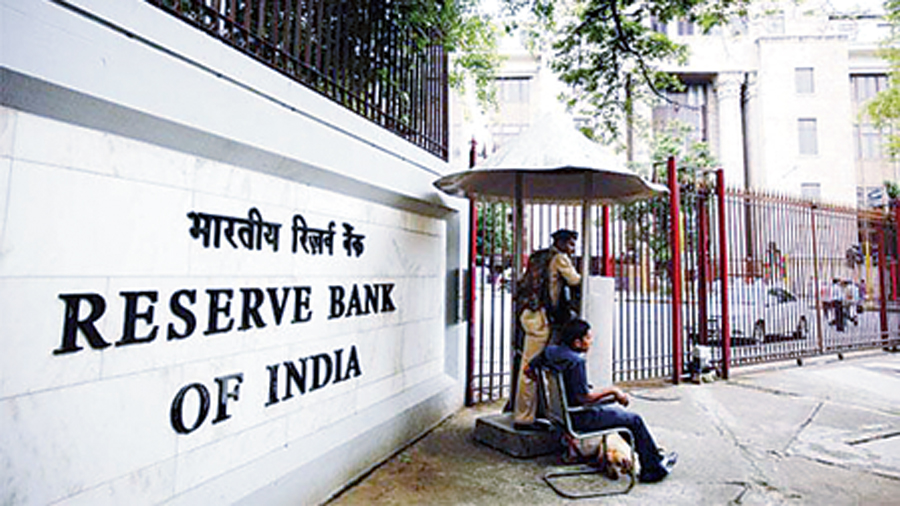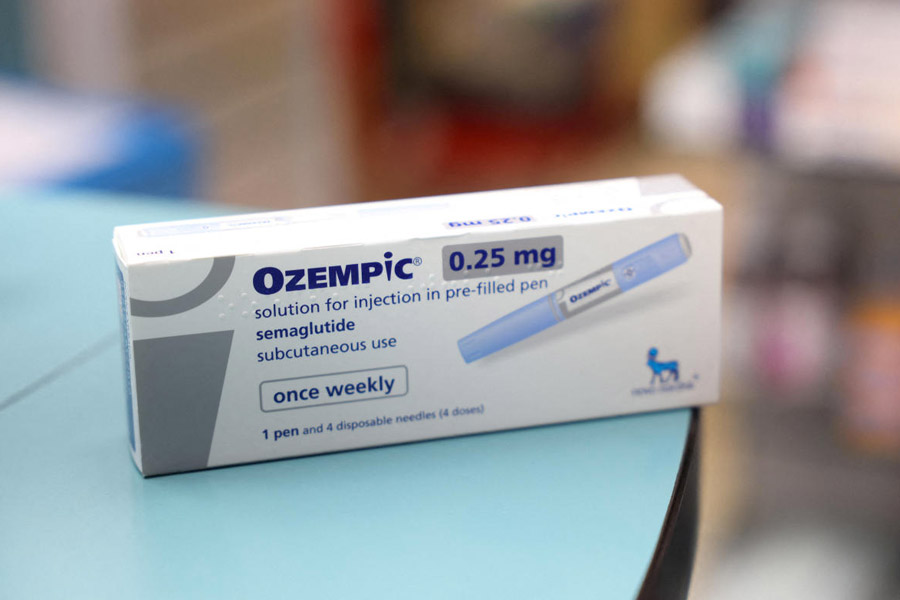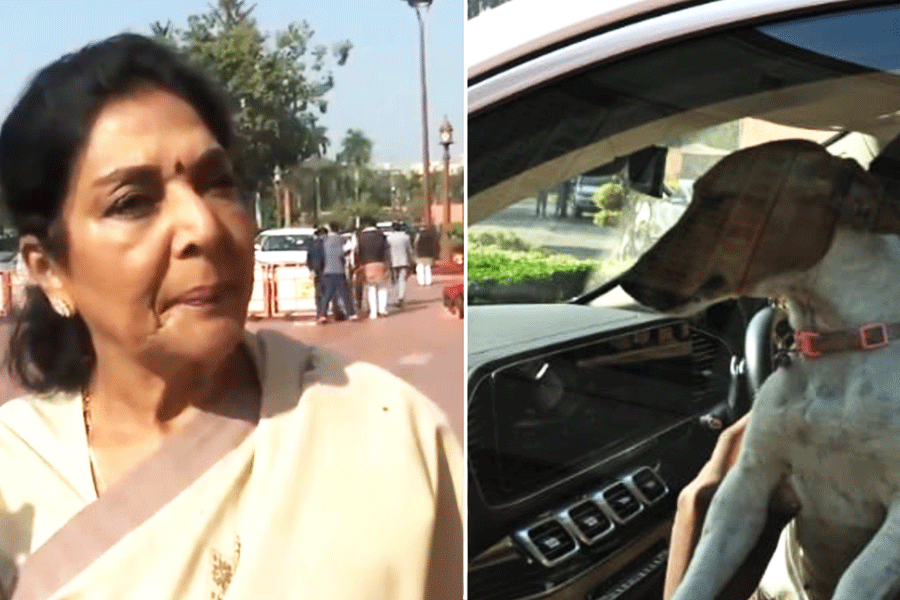The Reserve Bank of India is in a bind on whether to check prices or kickstart recovery with retail inflation at its highest since May 2014 while the economy is now in “technical recession”.
Consumer price inflation (CPI) in October rose to 7.61 per cent from 7.27 per cent in the preceding month thus remaining above the central bank’s medium term target (4 per cent with a band of +/-2 per cent) for the seventh straight month.
A large part of the headline inflation was because of elevated food prices. But a bigger concern is core inflation, which is inflation leaving aside food & beverages and fuel. Core inflation is at 5.47 per cent which indicates transmission of food inflation to non-food segments.
The monetary policy committee of the RBI with its mandate to keep a check on prices will now be keen to raise rates — but this could wreck the possibility of an economic recovery.
“The monetary policy committee is in a difficult situation with inflation breaching 6 per cent three consecutive quarters, growth being low and India having a recession (two consecutive quarters of negative growth) once the second quarter 2020-21 GDP numbers are released,” said Devendra Kumar Pant, chief economist at India Ratings & Research, on the dilemma before the RBI.
Economists are, however, of the view the interest rate setting body is likely to continue its accommodative stance and choose the option of a pause in the policy repo rate as it waits for inflation to cool down.
The MPC is set to meet again in December and the overwhelming expectation is that the repo rate will stay put at 4 per cent which is the lowest ever. The RBI has already reduced the repo rate by 250 basis points since February 2019 leading to questions on whether the economy is at the end of the rate cut cycle with elevated inflation which has the potential of affecting a nascent recovery.
“The RBI would wait for inflation to subside before taking any monetary policy measures. Till then it will continue with unconventional steps and a long pause on the repo rate. We can at best expect another 25 basis points cut sometime only next year,’’ an analyst with a foreign brokerage said.
This view is in line with the widely accepted thought that the central bank will prefer to go into a status-quo mode for now and do nothing on rates for the next three to six months.
In its November bulletin, the RBI has cautiously raised the prospect of a revival in the third quarter from an earlier forecast of a 5.6 per cent contraction. However, at the same time it has warned about inflation.
Economists are expecting inflation will cool down in the weeks ahead simply because of a lower base effect. However, rising crude oil prices and a general upside in commodity prices especially base metals could scupper these hopes.
“While inflation is expected to taper, we are sceptical on the extent of pullback, as a move towards the 4 per cent target is likely to be an uphill task, if non-food components continue to harden,” says Radhika Rao, economist at DBS Group Research.
Sonal Varma at Nomura is optimistic of a cut in the next calendar year. “We expect October to mark the inflation peak, and if current food price trends persist, November and December should see some cooling off. Growth is yet to pick up adequately to durably generate broad-based demand-side pressures,”she said.
Nomura expects the RBI to press the pause button at its December 5 policy meeting. However, because of moderating inflation it projects a 50 basis points of policy easing in the first half of 2021.










